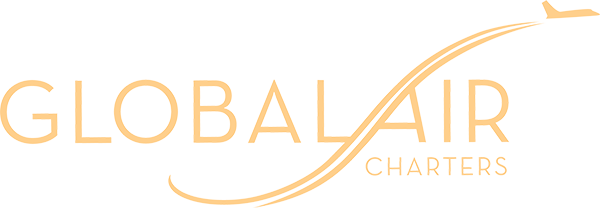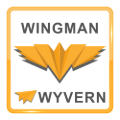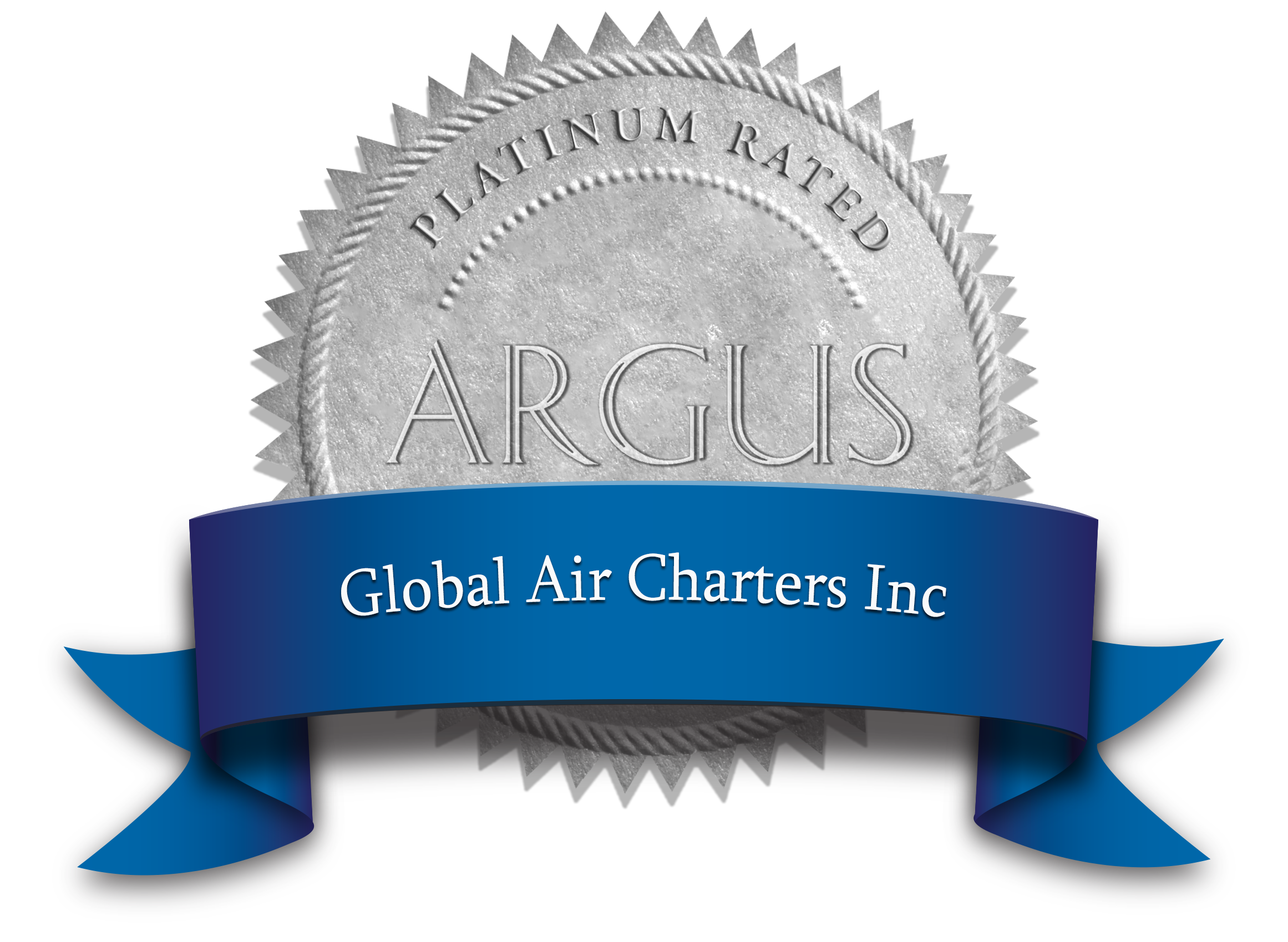The sticker price is only the beginning. Here’s a more realistic accounting of your obligations with a private jet.
If you’ve ever flown in a private jet, your mind naturally wanders to jet ownership. You might wonder how much it costs to operate a jet. You also might wonder how much money you can make by renting it out for charters.
Here are the short answers: First, it probably costs more than you think. Second, a return on investment is possible, but it’s more nuanced than a stream of extra revenue.
A large airframe can be a beneficial investment, but it’s important to be realistic about your goals and obligations. You should assemble a team to help initiate your purchase, and then find a dedicated airframe management firm (like GAC) to handle its day-to-day operations.
Here are some points to consider when calculating the true cost of jet ownership. If you’re interested in purchasing a jet, we’re happy to lend our expertise. Contact us today to learn more.
Buying Your Jet
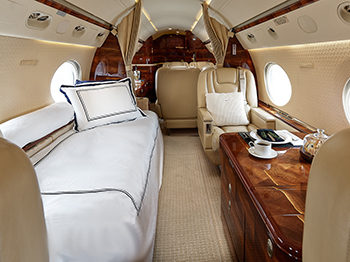 The first step to a successful jet investment is buying at the right time. After a few years of pandemic-induced frenzy, the available inventory of used jets is increasing. This means it’s slowly becoming a buyer’s market once again.
The first step to a successful jet investment is buying at the right time. After a few years of pandemic-induced frenzy, the available inventory of used jets is increasing. This means it’s slowly becoming a buyer’s market once again.
Right now, you could expect to pay around $10–12 million for a twenty-year-old Gulfstream V in good shape. But your return on investment will be better if you buy it for $10 million than $12 million. Having an airframe acquisition team to identify the best buying opportunities pays dividends in the long run.
Operating Costs: Fixed vs. Direct
In the immortal words of Jay-Z, “If you can’t buy it twice, you can’t afford it.” This is especially true with private jets because the annual costs are not for the faint of heart. We can separate these costs into two categories: fixed and direct.
Fixed costs are those you routinely incur regardless of the jet’s operation. These include hangar fees, insurance, regulatory compliance, crew salaries and training, depreciation, management fees, taxes, and registration fees. For our example, Gulfstream V, these costs might total $1.9 to $2.4 million annually. That’s roughly 20% of the purchase price, paid yearly, regardless of how much it flies.
Direct costs are those incurred in flight. These include fuel, landing and parking fees, navigation and overflight fees, and international handling fees. Your airframe will also be on a maintenance program that will be more expensive the more it flies. Various inspections and overhauls are scheduled every calendar year, every certain number of flight hours, and every certain number of landings.
For our Gulfstream V, these total roughly $6,500 per flight hour. If the jet flies 100 hours in a year, that’s an additional $650,000 in direct operating costs.
How to Offset Operating Costs
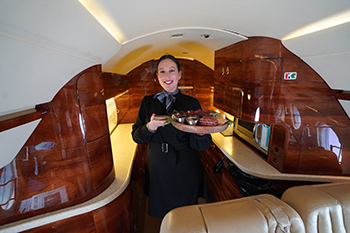 The best way to defray some of these costs is by adding your jet to the Part 135 certificate of a charter operator. The hope is that the operator can charter the jet enough that the revenue offsets your costs to fly it personally.
The best way to defray some of these costs is by adding your jet to the Part 135 certificate of a charter operator. The hope is that the operator can charter the jet enough that the revenue offsets your costs to fly it personally.
It’s much like renting out a vacation home to cover the mortgage. Becoming a VRBO will not pay off the balance of the home loan. But it can bring in enough to cover many of the monthly expenses.
Calculating Return on Investment
A private jet will not provide you with a steady cash flow. Instead, your return on investment will be more multi-faceted.
First, there are tax savings involved with jet ownership. Buying a jet allows you to take advantage of bonus depreciation. For new jet purchases, the Tax Cuts and Jobs Act (2017) allows for 60% bonus depreciation in 2024 and 40% in 2025.
This is not the only tax benefit. Based on the jet’s ownership structure, many operating costs may be deductible as business expenses. You can also deduct the costs of donating flight hours on the jet to a nonprofit organization.
“Nobody should ever buy a jet just for a tax break,” says Global Air Charters CEO Michael Vanacore-Netz. “But this benefit can help make ownership more attractive than leasing a jet or chartering for a large number of hours.”
The other facet of ROI is the revenue from chartering your jet. A business can also look at the thousands of dollars not spent on private charters as additional savings.
The True Cost of Jet Ownership
There are myriad financial considerations to jet ownership that first-time buyers will never see coming. That’s why it’s so important to have a trusted advisor who understands them all to give you a clear-eyed picture of your investment.
Contact Global Air Charters to speak to our airframe acquisition experts today.

